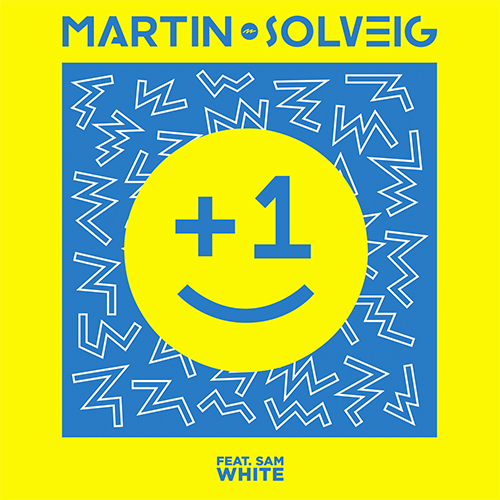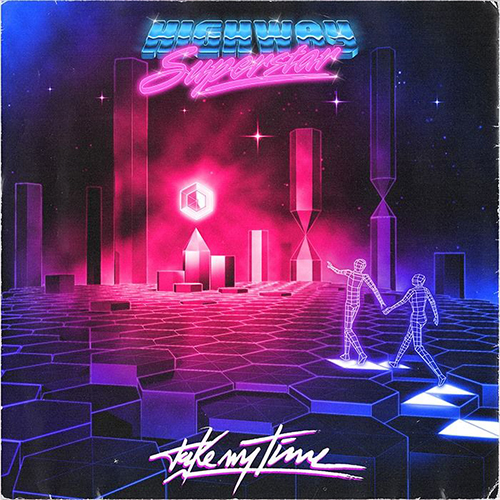A recent advertisement from Apple for the new iPad Pro has somehow managed to existentially disturb me. Titled “Crush!” it shows an ominous hydraulic press above a platform filled with symbols of humanity, creativity, and joy: a metronome, guitar, classical statue, piano, analog cameras, books, paint, and more.
The metronome starts, and the press descends to Sonny & Cher’s “All I Need Is You,” slowly obliterating everything in high-def slow motion, before rising again to reveal only a “thinner than ever” iPad Pro. “Just imagine all the things it’ll be used to create,” Apple CEO Tim Cook posted on the social platform X.
I am not alone in my revulsion. Actors Hugh Grant and Justine Bateman join me, as do apparently thousands of vocal people on the Internet and what appears to be the entire nation of Japan. The backlash, particularly from the “creatives” that Apple was courting for their product, was so pronounced that the company issued a rare apology, saying they had “missed the mark.”
But what mark did they miss? More than missing just the tastes of their buyers, they missed the mark of reality—both of the creative process and of the goodness of the embodied nature that is essential to our humanity.
I see why Apple produced the ad. There is tremendous economic incentive for tech corporations to replace previous, more embodied experiences and tools. Apple Music will never scratch like the fragile grooves of a vinyl record (also, it contains most of the recorded music in the world). GarageBand can’t go out of tune (and its digital “instruments” can mimic the entire orchestra). One can “paint” all day on the iPad without needing to wash the brushes. In half the space taken up by a paperback, a little tablet can hold libraries.
There are many ways in which the connectivity of contemporary life has, I dare say, blessed me (I watched “Crush!” on the screen of my old iPhone, after all). But it matters how sensitive we are to the incursions of the digital and the disembodied into our lives. For humans, the intimate and physical knowledge of our bodies in their relation to creation must be part of any real creative endeavor (even in the more abstract disciplines such as creative writing). We lose our connection to the embodied world to our deep loss.
How could the binary code of digital brass even remotely replicate the way Louis Armstrong’s lips, alive with blood, knew the mouthpiece of his trumpet—like the one pulverized in that hydraulic press?
There will be no replacement for the balanced weight of a piano key under your pinky finger, nor for the texture of a bronze by Rodin in a rainy sculpture garden, nor for the scratch of a fountain pen on decent stationary—a pen you have used so much that it has begun to flex for the unique contours of your handwriting.
This connected way of living, as Wendell Berry would say, “all turns on affection.” I don’t think this is just quaint sentimentality. I have spent my career writing and working with writers. My wife, Emily, is a classically trained oil painter. We will testify that good limitations, “friction,” and difficulty define the creative process. You know the practice is working when you are wrestling, painfully, with something larger than yourself.
The essential human core to art is intimately related to the limitations of the artist. These limits, because they are limits, allow for fruitful negativity. There are so many things we cannot do, and it is in the engagement of these limitations that real art arises. It is there that real love arises. When it comes to real creativity, easy is a four-letter word.
South Korean–born German philosopher Byung-Chul Han addresses this in two influential monographs, titled Saving Beauty and The Burnout Society. For Han, contemporary life is characterized by a lack of negativity, a quality he calls being “smooth.”
Smooth culture, while possessing superficial attraction and visual appeal, does not have the capacity to be beautiful. Beauty requires elements that are foreign to those perceiving it, and those elements are known because of their “roughness,” their negativity. The smooth thing is not capable of being truly known. It can only be perceived as a reflective surface. For Han, this means that so-called “art” produced in a smooth culture is incapable of being loved. The only way that one can relate to it is with a “like.”
In this way, we move from a culture of reality to a culture of simulacrum. The illusion is excellent. Often, smooth art can have the appearance of being more attractive, pleasant, and frictionless. But it is cheap, and it cheapens us to be close to it. Our engagement with the creative act becomes defined by endless positivity and the illusion of power. Apple, the very icon of smooth culture, wishes me to believe it can crush all of the painful, fruitful, human, good struggle into an iPad.
Our culture of consumption has, in the past 40 years, revealed itself with increasing clarity to be part of a social and spiritual phenomenon that poses a challenge not only to Christianity but to the traditional ways of human life that have defined us for the extent of historical memory.
Writer and recent Christian convert Paul Kingsnorth has brilliantly termed this phenomenon “the Machine,” whose goal, he says, “is to replace nature with technology, and to rebuild the world in purely human shape, the better to fulfill the most ancient human dream: to become gods.” He continues,
We are increasingly unable to escape our total absorption by this thing, and we are reaching the point where its control over nature, both wild and human, is becoming unstoppable. … Its modus operandi is the abolition of all borders, boundaries, categories, essences and truths: the uprooting of all previous ways of living in the name of pure individualism and perfect subjectivity. We are not made by the world now; we make it.
Kingsnorth’s Machine has gained tremendous momentum since the rise of digital technology, and we have entered what I have begun to call the “Age of Pretend.” Never in history has our technological capacity to create illusion been so powerful. The results are everywhere.
The quality of pretend dominates entertainment (CGI and digital shortcuts have hollowed the film and music industries), cultural conversation (gender debates are defined by pretending away unwelcome realities), and even money (both today’s dollar and the Bitcoin are fundamentally currencies of make-believe). This pretending is the enemy of art (which is concerned with revealing the interior order and beauty of creation) and the enemy of true imagination, which goes outward into the world with curiosity instead of attempting to rule the world by means of the dominating self.
Instead of encountering a world larger than ourselves, able to kill us or to be loved by us precisely because of its otherness, we have begun to live in bubbles of illusion. If we want something, we pretend until it happens. Our contemporary illusions are invariably safe (unlike reality, they offer no immediate threat to us) and easy (difficulty is dealt with either in the past or in the future). And all along the way, in the contemporary world, the pretending is monetized.
In the end, it will be everywhere. We will never have to be alone with our thoughts. We will never have to hurt to make something. We will never have to stop smiling. We will pretend until we die.
The Greek mythological character Narcissus, entranced by his image in the smooth water, stared at his reflection until he died. This is the end of all self-obsession. Pretend is wonderful, until the real lungs need real air. You cannot breathe in the land of pretend.
The Christian vision of the essential goodness of the body; of the essential quality of the human spirit as creative; of a rich philosophy of art that claims we uncover and reveal reality, rather than making it; of inheriting joyfully the great Western tradition of art and literature —all these ought to ground an honest revulsion at any attempts to promote the pretend as a replacement for the real.
In the magical Age of Pretend, you can be anything you want to be. It’s not about art in the land of pretend. It’s about the artist. About you. It was always about you. That black screen, before you turned it on, was a mirror. It will never stop being a mirror. And like Narcissus, we will be in danger of drowning in it.
The Apple ad was not just an ad. It was a visceral and violent statement of belief claiming the “goodness” of the Machine, the “beauty” of the smooth, and the conquering of reality by the pretend. It is all a lie, and of far sadder and smaller dimensions than meet the eye. Because the truth is that there is much joy, and life, and time, and gift, and goodness symbolically set beneath that crushing press.
We ought, in the name of Jesus, the embodied Word, to speak up with strength and gentleness to rebuke those who would crush the real world flat, and to invite them out of the suffocating land of pretend back into the rich goodness of their rough, painful, beautiful human lives.
Reality, the holy natural habitat of the human, is worth it.
Paul J. Pastor is senior acquisitions editor for Zondervan, contributing editor for Christianity Today’s Ekstasis, and author of several books, most recently Bower Lodge: Poems.
Correction: An earlier version of this piece misidentified Louis Armstrong.
To unlock this article for your friends, use any of the social share buttons on our site, or simply copy the link below.
To share this article with your friends, use any of the social share buttons on our site, or simply copy the link below.
source














Post comments (0)